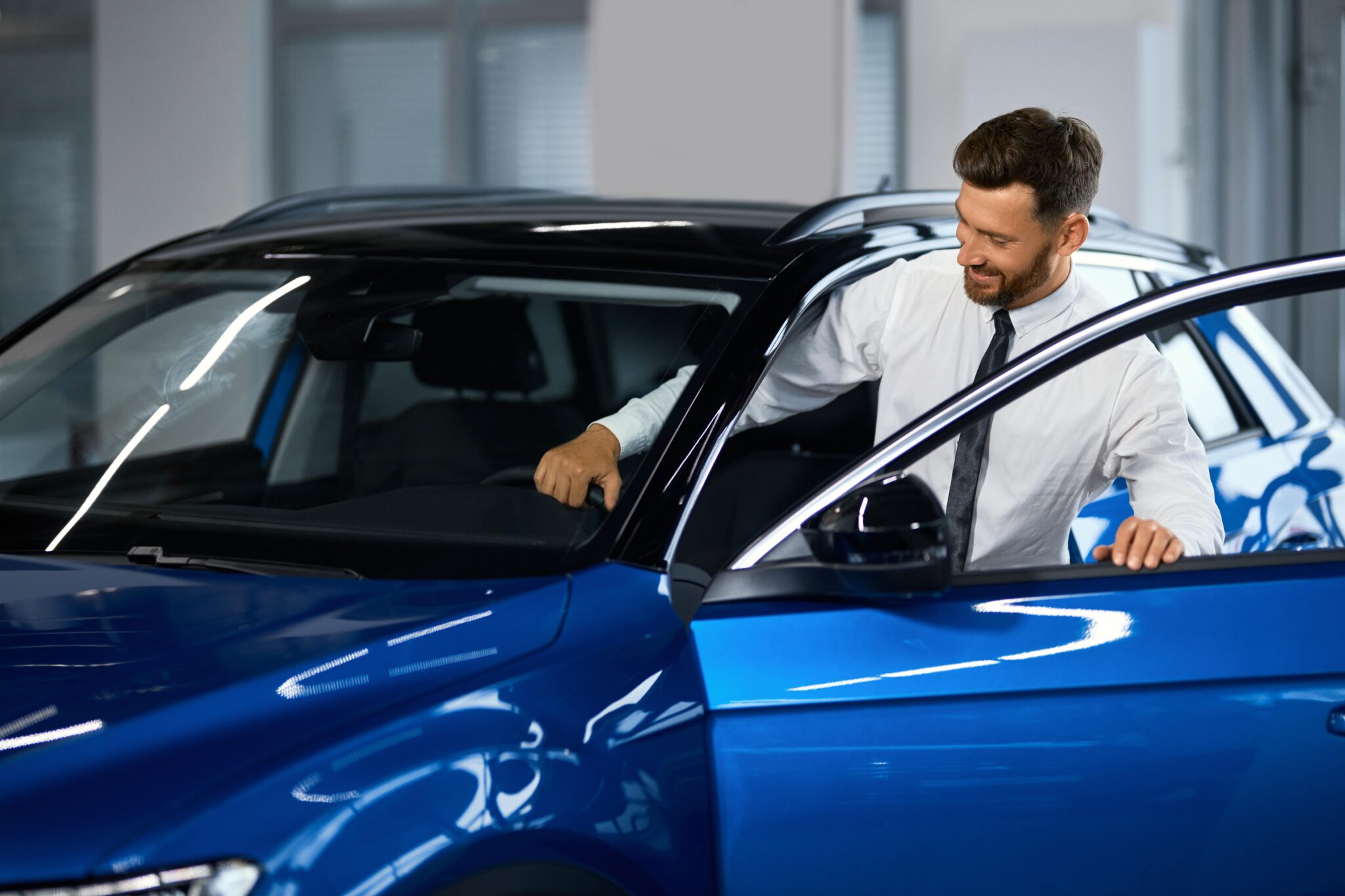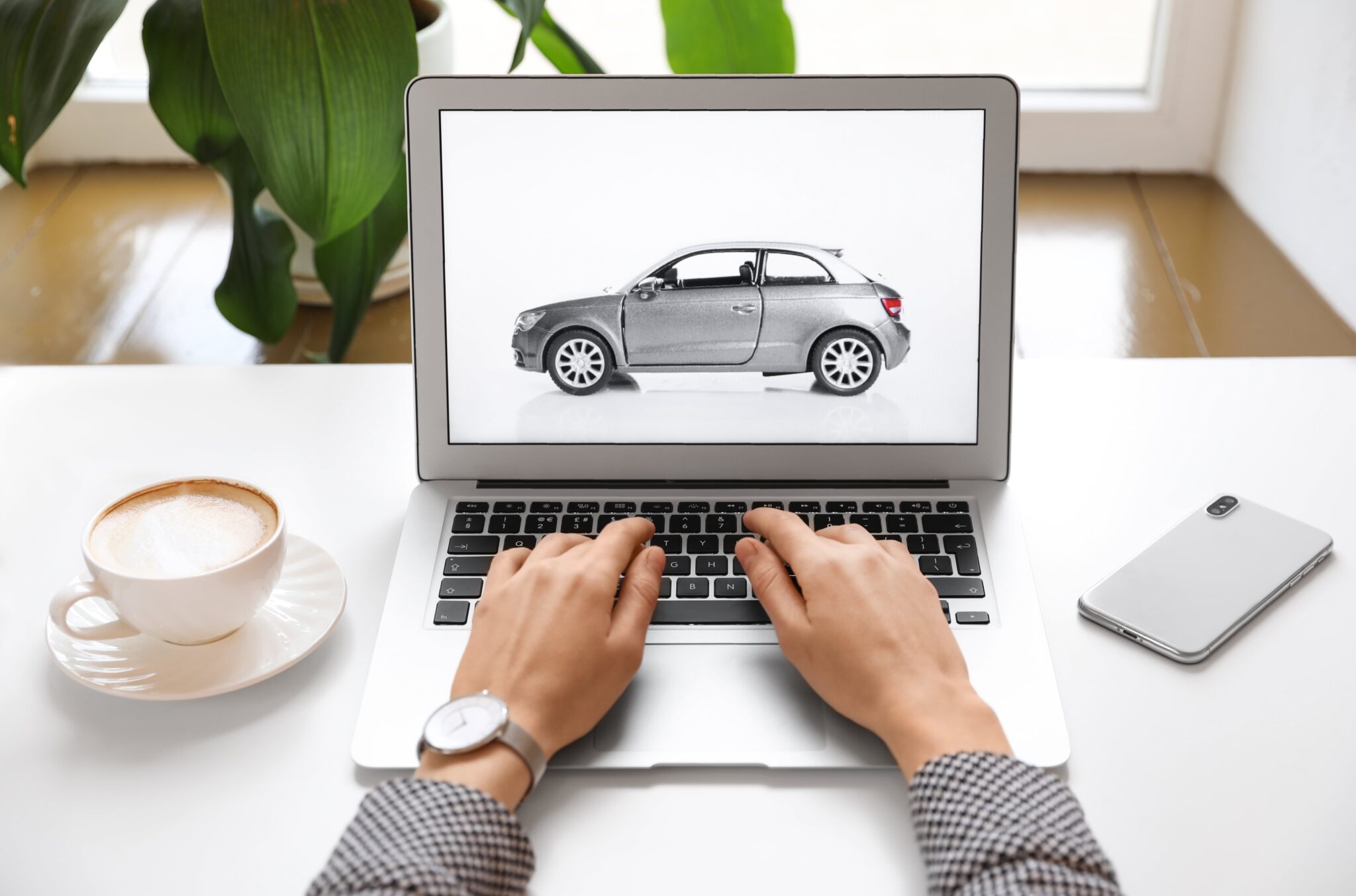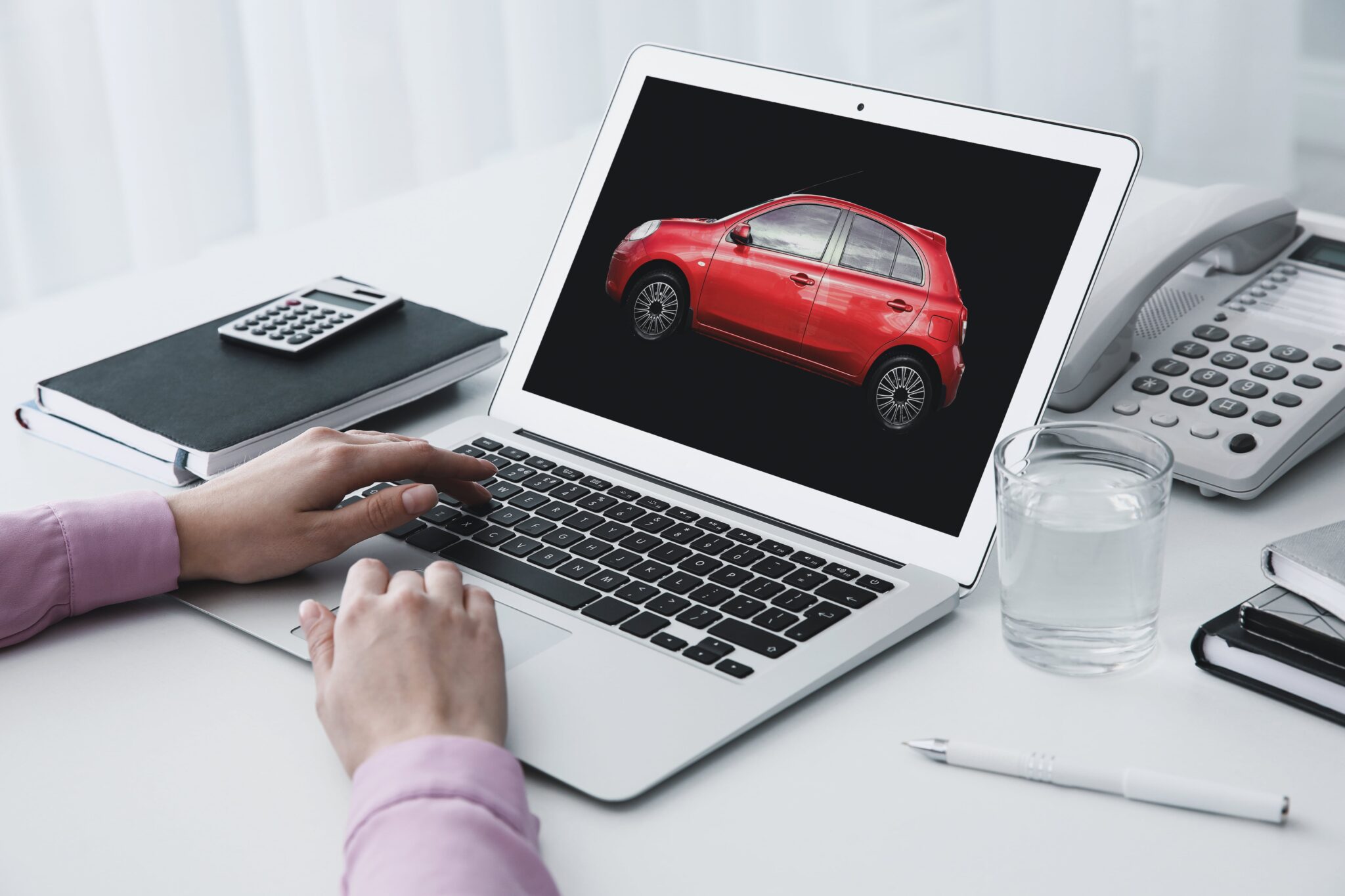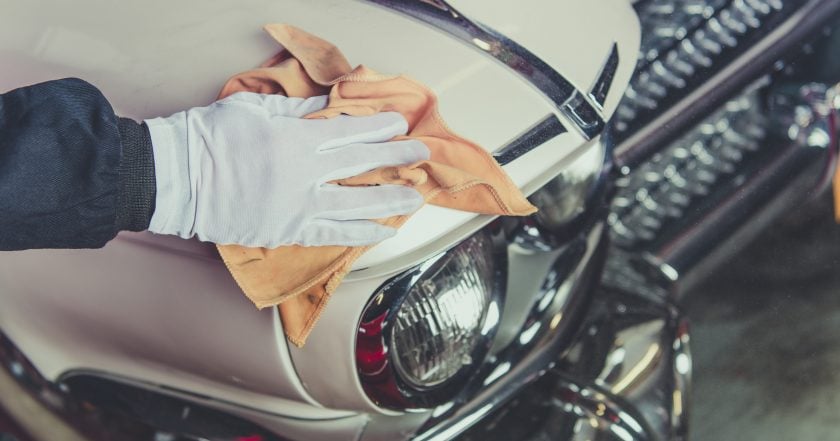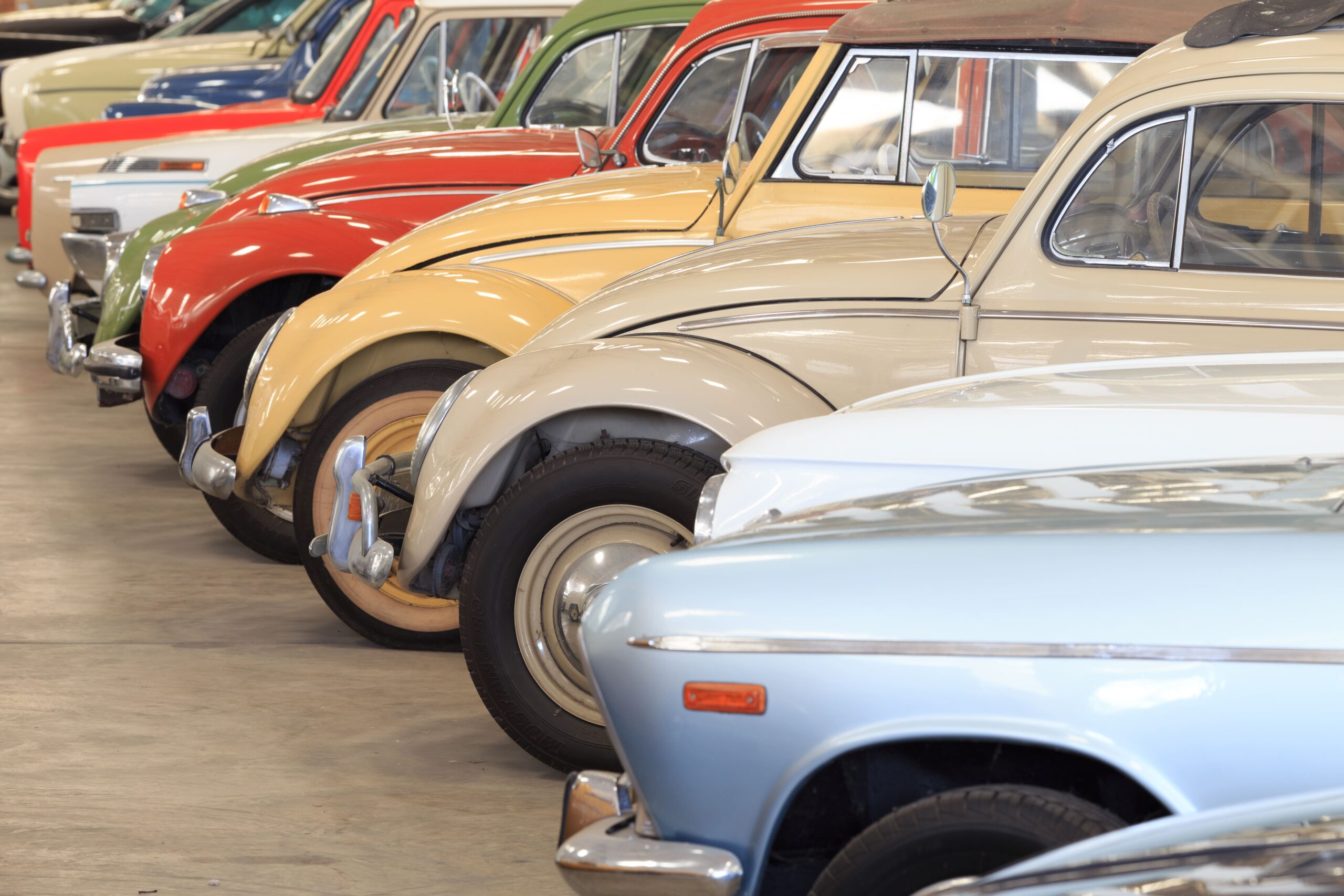Many car lovers are interested in starting their collectible car investment careers. They don’t consider vehicles as means of transportation only, but more like a piece of art that deserves admiration. However, getting into this field requires a lot of preparation. You can find out the Pros and Cons of Investing in Classic Cars.
In 2021, the global collectible cars market generated 33.83 billion US dollars. Therefore, it’s not an easy business field to enter, and there are many things to learn about collectible cars. This article will present some of the most important steps, starting with the basics and the journey until you sell your first classic and collectible car.
Learn More About Collectible Cars
If you are already familiar with collectible vehicles, you might know there are many types to choose from. The critical point is to learn the best way to compare those vehicles and find the best collectible car option for you.
Start with thinking about what type of collectible car you are interested in. There are various types to consider:
Antique Cars
Also known as veteran cars, they were made before the First World War to the time it ended, around 1914-1918. These vehicles lack power steering since they weren’t designed for open roads, making them difficult to drive; they are perfect for car shows.
Vintage Cars
They were made in the years following WW1, around 1919-1930. They are very similar to veteran cars but with more features. Still, they are not easy to drive, and it is tough to find parts for them.
Classic Cars
To call a car “a classic car,” it must be older than 25 years old; some say it should be at least 40 years old. These vehicles are pretty similar to modern ones in many features like design, driving, and safety, which allows people to drive them and show them off not only in car shows but on the roads too.
Get to Know the Market
Before starting your career investing in classic and collectible cars, you’ll first need to understand a few things. You have to know which cars are the best-selling, how much it is worth in the market these days, and regularly keep updated about market trends.
Knowing the collectible cars’ values and prices and how much return you’ll get after selling them is essential. Expert assistance is required to build this knowledge, and they can tell if a car deserves its price or not. However, you have to pay the car price, many additional costs to consider. For example, car repair, maintenance, insurance, and storage. With all these things in mind, it is necessary to take a consultation or two about how things go in the market.
Find a Good Car
Now that you have learned about collectible car types and how things go in the market. It is time to choose a suitable car; you can start by attending auctions, diving into related websites, and joining classic vehicle owner clubs and groups. There are many factors to consider before and after the buying process.
Where to Buy a Collectible Car?
The most common ways are buying with the help of dealers or private resellers; while dealer services are more expensive than private resellers, they are safer to work with. They usually offer better legal and insurance conditions and a broader collection.
Pre-purchase checks
Before you make the purchase decision, you have to be fully aware of the car situation and check the VIN to ensure its originality and engine quality.
Repair costs
Many cars are popular regardless of their condition, but you have to calculate the maintenance cost and add it to the vehicle price to make money.
Learn the Tips About Buying Collectible Cars.
Repairing Process
Repairing is as crucial as finding a good car to buy; you can either fix the car yourself or look for a trustworthy mechanic to do the job.
We have good news for you if you have enough knowledge about mechanical engineering, furniture, and electronics! It won’t be challenging to repair the vehicle without any help. If not, it is not too late to start learning; there are many sources to explore, including video guides, online courses, and more.
Seeking help from an expert mechanic is still an option. However, it is not easy to find a mechanic specializing in collectible vehicles all the time. In addition, you should keep in mind the repairing tools needed to do the work; it may cost you a surprisingly large amount of money as a part of your investment.
Look for Your Potential Customers
Once your car is ready for listing on the market, the job is almost done. There are only a few options for finding a place to sell classic and collectible cars
- E-commerce websites are a good choice for beginners.
- Creating a personal website to showcase your cars is also possible.
- Social media marketplaces have become pretty helpful in this field.
- Trade shows are an excellent chance to show off and get some potential customers who appreciate the collectible car’s value.
- You can also set up your vehicle as a classic advert; writing the Ad is the only tricky part about this. The advert must be detailed but without too many words and unnecessary descriptions.
Shipping and Moving Collectible Cars
After closing the deal on your collectible vehicle, it’s essential to search for classic car transport companies. Shipping valuable cars across the states requires professional classic car transport services. For example, Tempus Logix is a trusted and fast auto transport company in the USA, and its portfolio has over 30,000 delivered vehicles across the states.
Conclusion
Starting a career investing in collectible vehicles is like turning your hobby into your ideal job; it needs a lot of effort, time, and preparation to build your knowledge about collectible car types, the market situation, and the repairing process to sell your first car successfully. You have to be patient and consistent, and everything will figure out its way to you.

